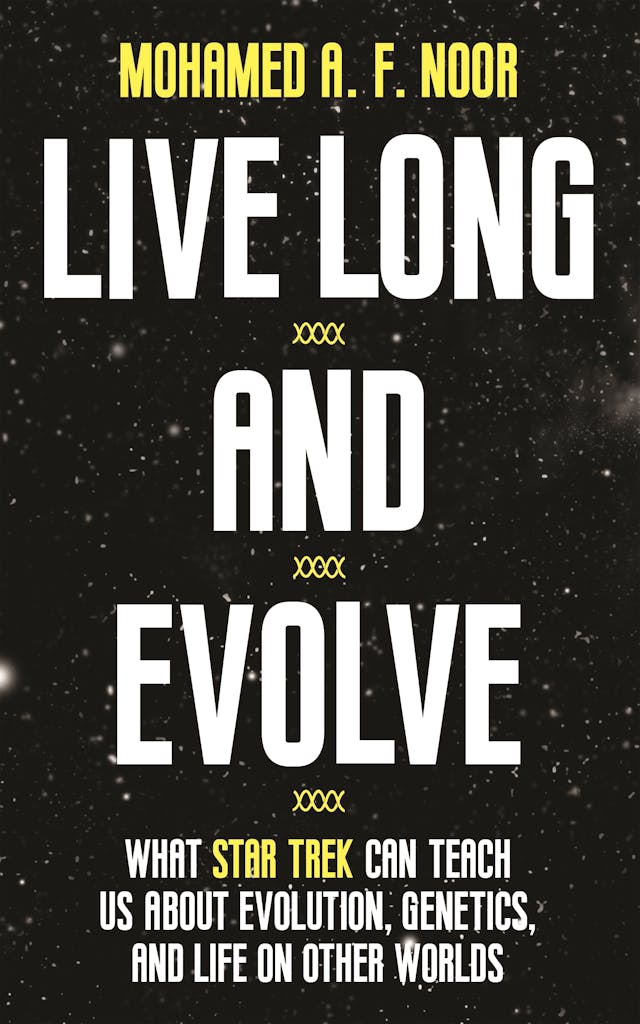When I said that “Darwin was next” in the line of statue-removal, renaming, and accusations of racism, I wasn’t kidding. Darwin was an abolitionist, but he did evince some white superiority in his writings and letters, calling blacks “savages” and “barbarians” (I lecture on this). It’s only a matter of time before that bigoted paternalism, ubiquitous in 19th-century England, would bring Darwin down.
It’s starting:
I am trying to #decolonize my bio majors #Evolution course. Surely Darwin/Wallace ideas existed in other cultures? Any suggestions for readings? Some good resources in geography, zoology, botany, but specifically, evolution?
— Dr. Kristina Schierenbeck (@BotanyRules) July 7, 2020
Dr. Schierenbeck is a plant geneticist, taxonomist, and evolutionist at California State University, Chico.
I looked up “decolonization” on Wikipedia and found this:
Decolonization (American English) or decolonisation (British English) is the undoing of colonialism, the latter being the process whereby a nation establishes and maintains its domination on overseas territories. The concept particularly applies to the dismantlement, during the second half of the 20th century, of the colonial empires established prior to World War I throughout the world.[1] Scholars focus especially on the movements in the colonies demanding independence, such as Creole nationalism.
Then I went to the online Oxford English Dictionary, and found only one definition of “decolonize”, which is below:
So clearly the tweeter is not using “decolonize” in the dictionary sense.
So what does it mean to “decolonize” evolution? As the tweet suggests, it’s an effort to demonstrate that the ideas adumbrated by Wallace (evolution by natural selection, biogeography as a result of evolutionary processes) and Darwin (evolution, natural selection, gradualism, common ancestry, and splitting of lineages) were anticipated by people in other cultures. I know of antecedents in the West (Patrick Matthew’s suggestion of natural selection is one, as was Erasmus Darwin’s suggestion of evolution), but you’ll look long and hard outside of England before failing to find anything close to the fullness of Darwin”s and Wallace’s ideas.
Why is this being done, though? I can see only a motivation to do down the uniqueness of their contributions by showing that “other people thought of them before”—and not just other people, but “other cultures.” It’s not a dispassionate search for antecedents, it seems, but an effort to rope others into the corral with Darwin and Wallace—to empower other cultures by saying they had the idea first.
Good luck with that! You may be able to find someone from a non-Western culture who suggested that animals and plants might have changed over time, but that’s not “decolonizing” Darwin, for Darwin did so much more than just suggest that idea. He fleshed it out extensively, worked out the implications, supported his ideas with copious evidence, answered objections, and suggested further tests. The Origin was sui generis, and rightfully deserves its place as the founding document of evolutionary biology. As T. H. Huxley said when he first read it, “How extremely stupid not to have thought of that.” And indeed, nobody else had—save Wallace with his ideas about natural selection (misguided, in my view) and Patrick Matthew with his sketchy musings.
But none of this suggests that Englishmen were smarter than anybody else. The idea of evolution was “in the air,” so to speak, but found its natural (and best) expositor in Charles Darwin, who had the wealth, the leisure, the personal experience, and, above all, the brains to put it all together.
h/t: Isabelle









 Richard C. Lewontin (b. 1929) is Alexander Agassiz Professor of Zoology Emeritus in the Museum of Comparative Zoology at Harvard University. One of the most influential population geneticists of the 20th century, he studied under Th. Dobzhansky at Columbia. His work has centered around what he has called “the struggle to measure variation”, and the interpretation of that variation in terms of the evolutionary forces acting on populations. In 1966, he and Jack Hubby at the University of Chicago, and, independently Harry Harris in England, introduced the technique of protein gel electrophoresis to the study of genetic variation in natural populations and showed that there is abundant variation in nature. His student
Richard C. Lewontin (b. 1929) is Alexander Agassiz Professor of Zoology Emeritus in the Museum of Comparative Zoology at Harvard University. One of the most influential population geneticists of the 20th century, he studied under Th. Dobzhansky at Columbia. His work has centered around what he has called “the struggle to measure variation”, and the interpretation of that variation in terms of the evolutionary forces acting on populations. In 1966, he and Jack Hubby at the University of Chicago, and, independently Harry Harris in England, introduced the technique of protein gel electrophoresis to the study of genetic variation in natural populations and showed that there is abundant variation in nature. His student 